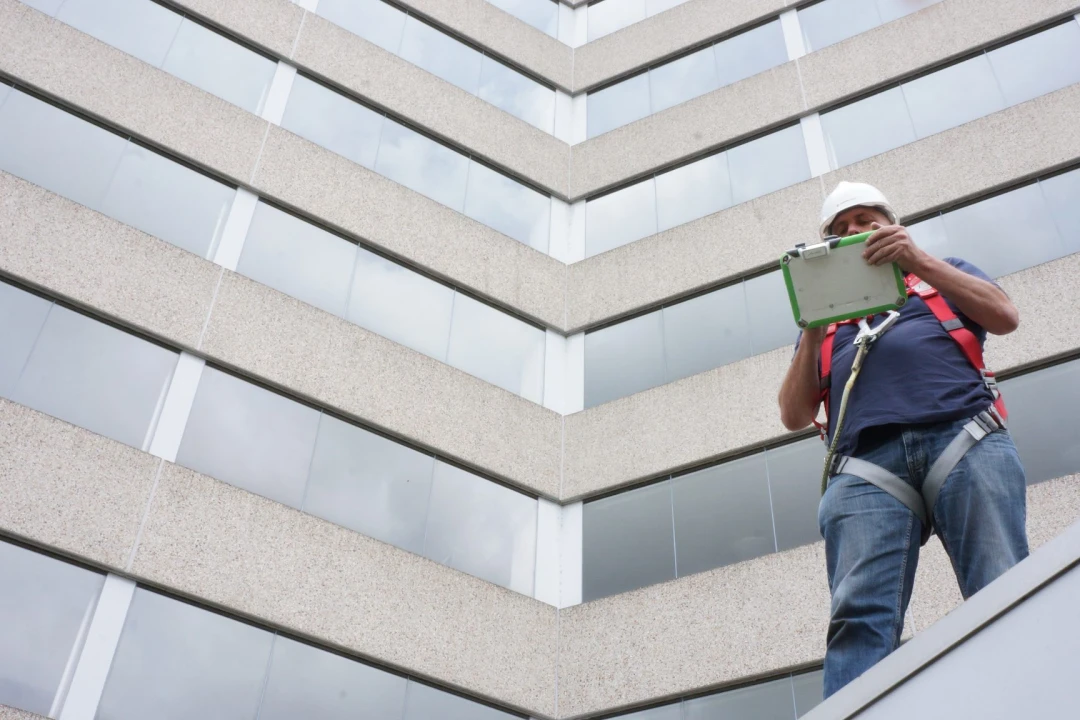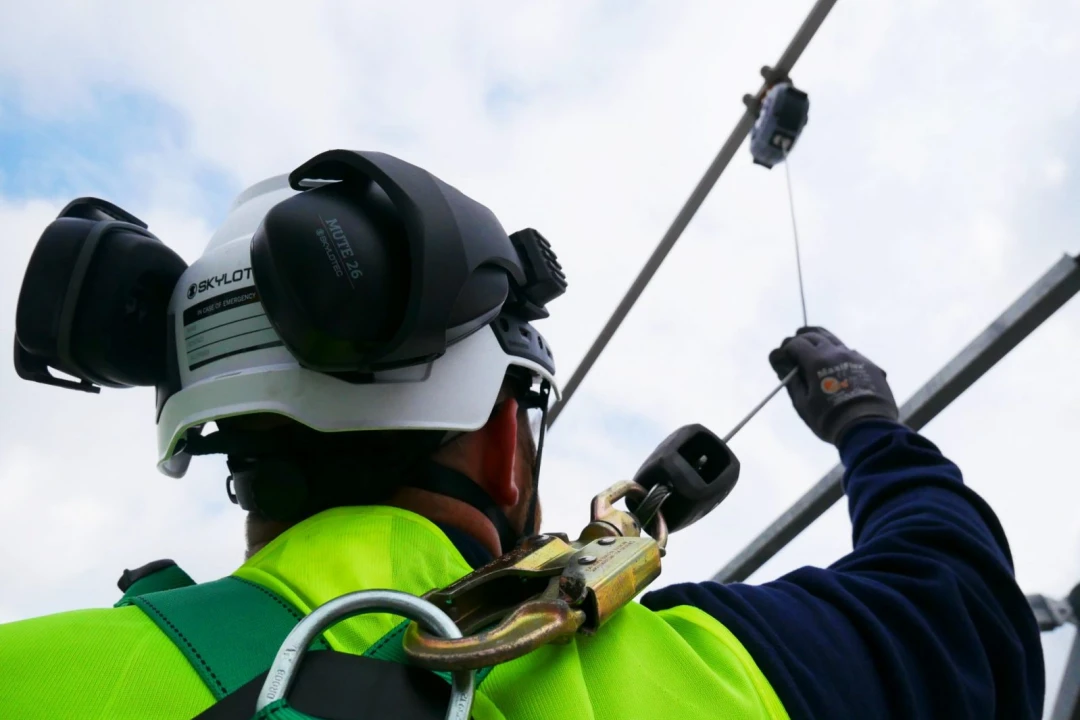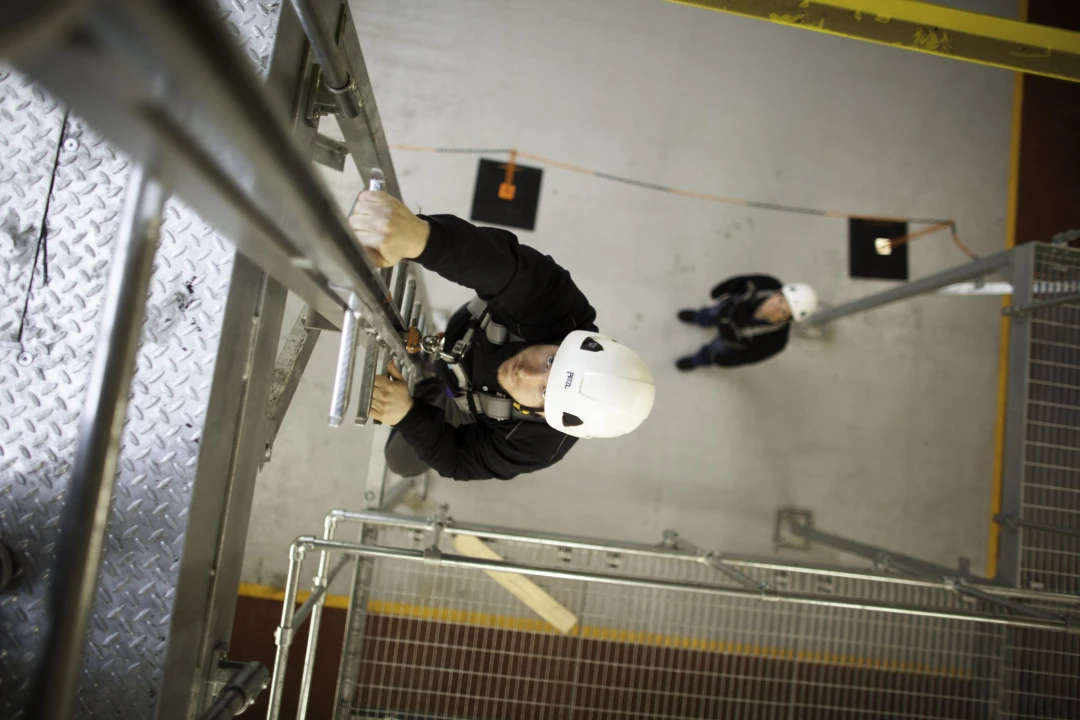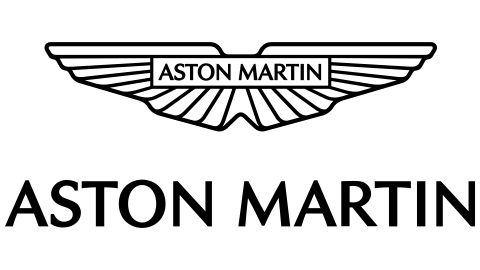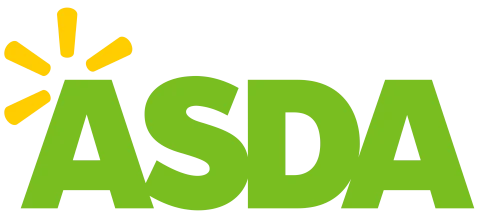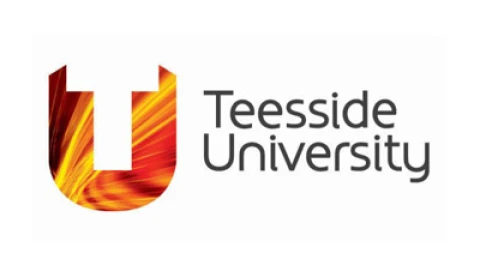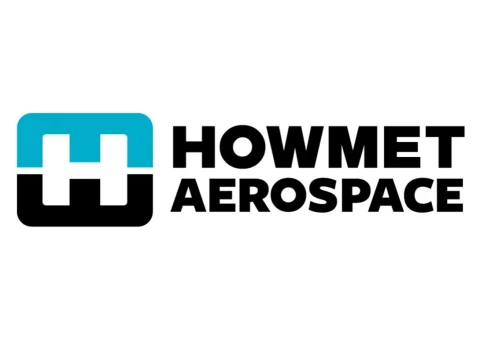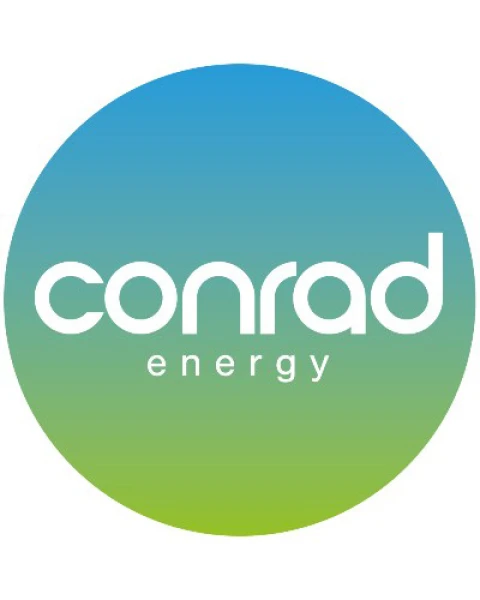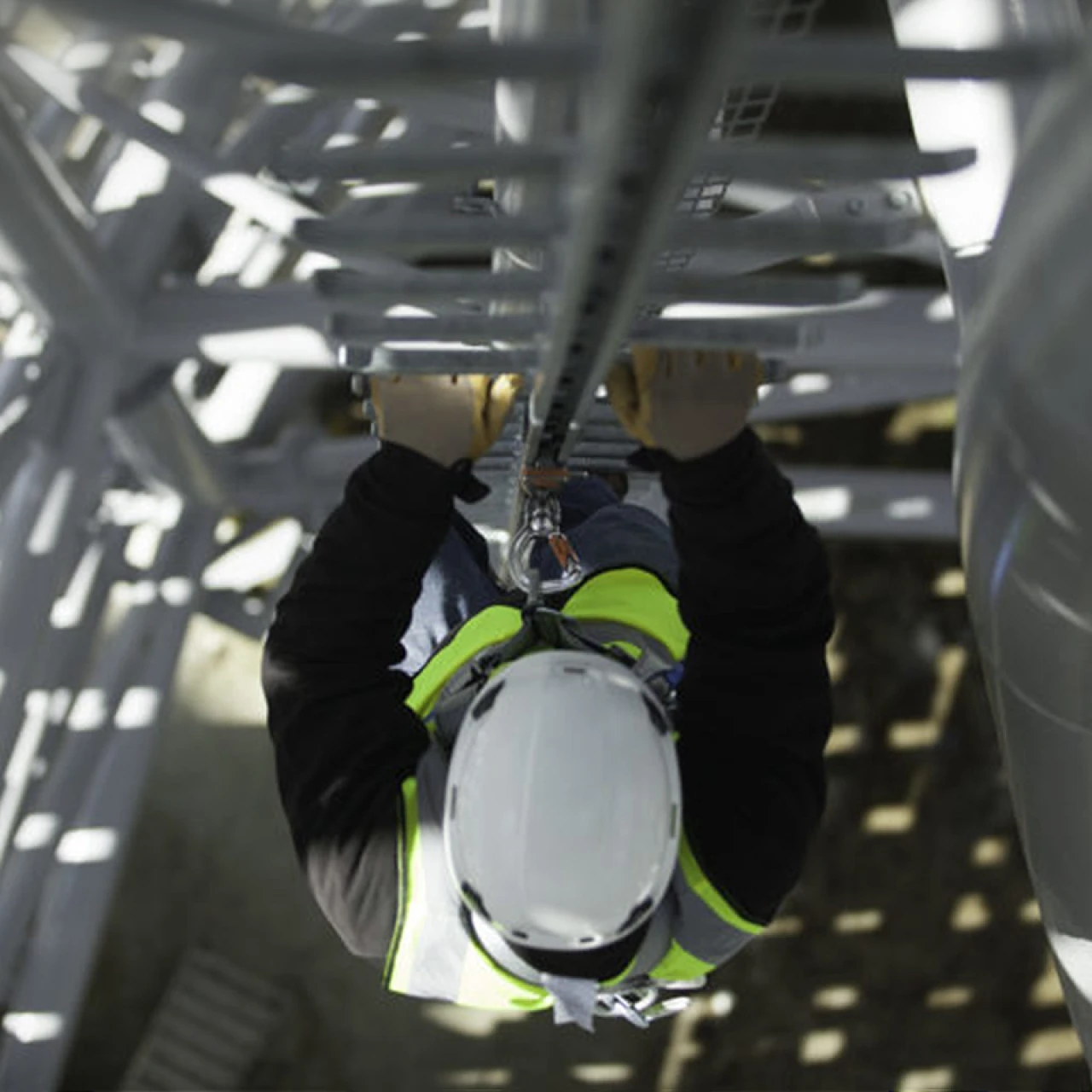

- Knowledge Base
- Tips & Explanations
- Key considerations when working at height
Key considerations when working at height
It is important for those working at height to keep in mind the hierarchy of control when planning work.
Avoid work at height to eliminate hazards if possible.
Use Collective Protection to protect everyone who goes on the roof area.
Personal Protection (Fall Restraint) to prevent a fall from occurring by using personal protective equipment so the user cannot reach the roof edge.
Personal Protection (Fall Arrest) is where a fall is possible, but the fall is arrested within an acceptable force and fall distance.
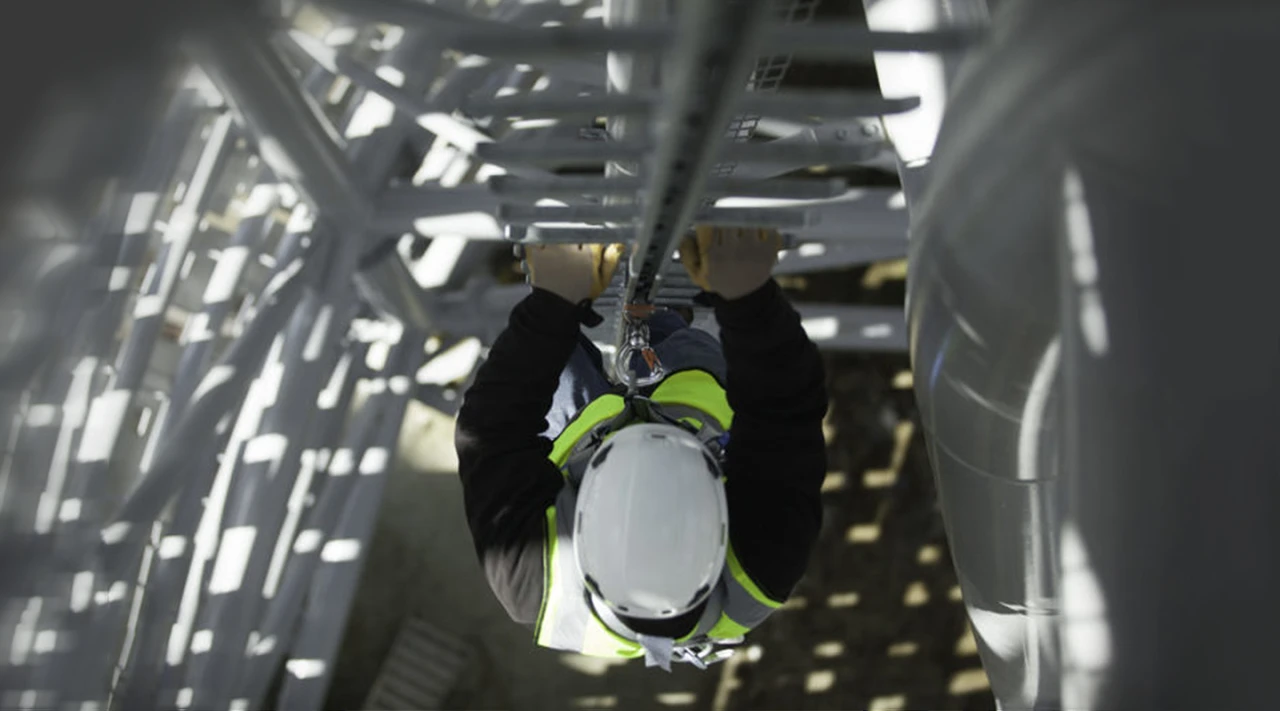
Assessing work at height
Consider the risks, establish protective measures, and provide everyone who will be working at height with clear method statements.
Roof work
Plan safe access to avoid falls from edges and openings.
Fragile surfaces
Avoid, control, communicate, and cooperate are the hierarchy of controls for working on or near fragile surfaces.
Mobile elevating work platforms (MEWPs)
Ideally, fixed access equipment would be in place to access all roof areas but if this is not the case then ensure the right MEWP is selected for the task required. Consider not only what is on the ground but also above such as overhead powerlines. Ensure only suitably trained operatives use the equipment.
Tower scaffolds
Choose the right tower for the task required, use move and dismantle safely. Ensure users are suitably trained to erect and inspect the tower. That inspections are undertaken regularly, in line with regulations and standards to include being tagged correctly.
Suspended access equipment
Specialist access equipment may be required when working at height for difficult-to-reach areas. Examples of suspended access equipment (SAE) are cradles, building maintenance units, (BMUs) Rope access points and travelling gantries/ladders. Ensure those using such equipment are trained correctly, have the correct PPE, and that the equipment holds a valid inspection certificate and is tagged correctly.
Safety harness and lanyards
Personal fall protection systems are placed at the bottom of the work at height hierarchy but are required for when using MEWPs or installed safety systems. A harness would be used with a suitable lanyard for the system installed. The two most common types of lanyard are work restrain and fall arrest. Users should be trained to undertake a pre-use inspection of their PPE and have inspected by an impartial party at suitable intervals, and tagged correctly.
Safety nets and soft landing systems
Safety nets and soft-landing systems can be used as edge protection to mitigate the consequences and distance should a fall occur. They are not a substitute for the use of fall prevention measures but can be used in conjunction with them if the risk of a fall cannot be eliminated.
Ladders
Consider when to use these and if suitable for the task required. All users should be suitably trained in the pre-use inspections and how to safely use. All equipment should be inspected and tagged by an impartial party at suitable intervals.
The importance of regular tests and inspections
Not only is it vital to carry out work at height while taking these considerations into account, but it’s also crucial that the appropriate equipment is regularly tested and inspected to ensure that it is compliant and safe for workers to use.
Staff and contractors can reach areas safely thanks to fixed access ladders, stairs, walkways, and other access equipment.
A lot of the equipment covered in the infographic comes under the Provision and use of Work Equipment Regulations, (PUWER) 1998 but other regulations and standards are applicable. It is therefore important that such inspections are undertaken by impartial and trained professionals to ensure safe and compliant.
This must be carried out by a competent person and the findings of this inspection must be recorded. Eurosafe ensures that regular test & inspections of this equipment are completed, helping employers reduce costly downtime.


